The Brazo del Este was one of the two branches into which the lower section of the River Guadalquivir was divided. In the marshland plain, The River Guadalquivir splits into several branches when it reaches the marsh plains. The three largest branches were the Brazo del Este, Enmedio, which is the current watercourse, and Torre, also known as the Northwest Branch. The morphology and hydrological regime of the River Guadalquivir changed substantially after the lower course of the river, and its tributaries underwent several artificial cut-offs and diversions. The Brazo del Este, though not wholly isolated from the main channel, lost its relevance when it was channelled through the so-called Canal de los Portugueses, and the meanders of its original course were given over to farming. The branch was no longer under the tidal influence, becoming a continentalised marshland; a wetland with marsh vegetation and rice fields, an ideal waterfowl habitat. This wetland, where important bird species such as purple heron (Ardea purpurea), glossy ibis (Plegadis falcinellus), purple swamphen (Porphyrio porphyrio) and marbled teal (Marmaronetta angustirostris) roost and breed, was designated a protected Natural Site in 1989. The Andalusian Inventory of Protected Natural Areas was also approved at that time. The area of the Brazo del Este that was first protected belonged to the towns of Coria del Río, La Puebla del Río, Utrera and Dos Hermanas. In 2008, the protection was extended to the north, east and south. The extension to the south covered the area belonging to the towns of Lebrija and Las Cabezas de San Juan.
Given it enormous importance for waterfowl species, this Natural Park was also declared a Special Protection Area for Birds (SPA) and a Ramsar Wetland in 2002, two international protection status.
In terms of the landscape, the Brazo del Este contrasts with the surrounding rice fields. This typical, flat marsh landscape commands a far-reaching view. The main activities in the Brazo del Este are agriculture (primarily, rice farming), livestock farming, restricted to certain areas owing to a significant transformation of the area, and fishing (red swamp crayfish). The course of the Brazo del Este runs 39 kilometres along totally flat terrain in successive meanders (“vueltas”) accompanied by rich aquatic vegetation and myriad birds. It is a beautiful sight to see, especially in summer, when different wildlife species find vital shelter in this natural spot when Doñana runs dry.
The Brazo del Este runs for 9 km through the municipality of Coria del Río, crossing the estates of La Compañía and El Conde. The former is situated between the River Guadalquivir and the channelised River Guadaira, while the latter sits between this channel and the Navarro Stream.
The best way to access the Brazo del Este in Coria del Río is crossing the River Guadalquivir by barge and then taking the SE-3300 road until the junction with the Carretera de la Isla, SE-3206. Continue for around 13 km along this road until the cotton gin, near Caño Navarro, where one choose from two routes. The first option is to continue to the right, along the same road leading to Brazo del Este, at its confluence with the River Guadaira channel. The second is to keep straight ahead through the Puntales drovers’ road to Caño de la Vera that leads to Brazo del Este.
Worthy of note as it passes through Dos Hermanas, is the well-preserved area known as La Hermosilla, the inner bend of a meander transformed into area land. The Caño de la Vera from Los Palacios crosses Dos Hermanas and the Brazo del Este Canal along the northern half of La Hermosilla and flows into the River Guadaquivir canal at La Puebla del Río, outside the Natural Site.
It may be accessed via the A-4 motorway towards Cadiz. Take the Isla Menor road at exit 549, and continue along the Los Puntales drovers’ road to Caño de la Vera, and from there to the right to Brazo del Este.
The centre of the protected area sits in the municipality of Utrera. The Brazo del Este is located in the western part of the municipality, bordering La Puebla del Río. The nearest urban centre is the Pinzón settlement.
To access Brazo del Este from Utrera take the A-362 road towards Los Palacios and Villafranca. Then take the Chapatales-Pinzón road (SE-9020). Follow this road until a large rice warehouse. Continue until the Muro de los Portugueses, an elevated dirt road that cuts across the Brazo del Este creating numerous meanders, which runs parallel to the channelised Brazo del Este.
The section of the Brazo de Este at La Puebla del Río comprises different areas such as Isla del Rubio, Margazuela Bend, where the branch is at its widest, Quintanilla and Reboso.
A small section to the south of the Brazo del Este is located within the municipality of Las Cabezas de San Juan. Here, the Salado de Morón Stream flows into the channelised Brazo del Este, known as Canal de los Portugueses, before it reaches the River Guadalquivir.
To reach this area, leave the town of Las Cabezas de San Juan and take the SE-691 road. At the first intersection, turn left onto the SE-9017 that leads to the Brazo del Este, leaving behind the village of San Leandro. Access is via a public road, although the land is privately-owned.
The Lebrija section of the Brazo del Este is located to the north of the municipality, on the border with La Puebla del Río. This section of the Brazo del Este was integrated into the Natural Site in 2008 when the protected area was extended. The Lebrija section of the Brazo del Este includes the final stretch before the mouth of the River Guadalquivir, the so-called Rincón del Prado. There is very little cropland here, although there are a few pastures where horses graze. This marshland is under tidal influence. The only eucalyptus forest in this protected area is nearby.
The Brazo del Este can be freely accessed from the town of Lebrija via service and paved farm roads. Take the A-8150 road, which continues as an unpaved road, until it joins the SE-9013 that runs parallel to the River Guadalquivir. Continue to the right until the SE-9013 road.
Flora
This river branch is short and winding in this area. The meanders and bends are populated with marsh vegetation, such as bulrush and reed. The beaches are located on the inner side of these bends. They are dotted with halophytic vegetation, including glaucous glasswort (Arthrocnemum macrostachyum) and turkey berry (Solanum torvum), and in the more remote areas, nitrophilous grass. The vegetation, though not overly diverse, is of great importance, as it is used for nesting and shelter by a large number of waterfowl species, due to its proximity to the Guadalquivir marshes. Other species found here are glaucous glasswort, tamarisk and sea rush (Juncus maritimus). Trees are scarce, with some eucalyptus groves, as well as elms and poplars at the end of the river.
Fauna
The Brazo del Este is a paradise for birdwatchers. Strategically located between Doñana, the marshlands and the Dehesa de Abajo Lagoon, it allows the observation of myriad ducks, raptors and summer and winter migratory birds. The list of species is endless: purple heron (Ardea purpurea), mallard (Anas platyrhynchos) and northern pintail (Anas acuta), northern shoveller (Anas clypeata), common teal (anas crecca), purple swamphen (Porphyrio porphyrio) (possibly the largest population in Europe), water rail (Rallus aquaticus), spotted crake (Porzana porzana) and little crake (Porzana parva), common moorhen (Gallinula chloropus), little bittern (Ixobrychus minutus), squacco heron (Ardeola ralloides), marbled teal (Marmaronetta angustirostris) (Brazo del Este is a vital nesting area) little egret (Egretta garzetta), grey heron (Ardea cinerea), cattle egret (Bubulcus ibis), white stork (Ciconia Ciconia), red kite (Milvus milvus), common buzzard (Buteo buteo), barn owl (Tyto alba) and western marsh harrier (Circus cyaneus).
You can also observe the night heron (Nycticorax nycticorax), some gulls and a great variety of other birds.


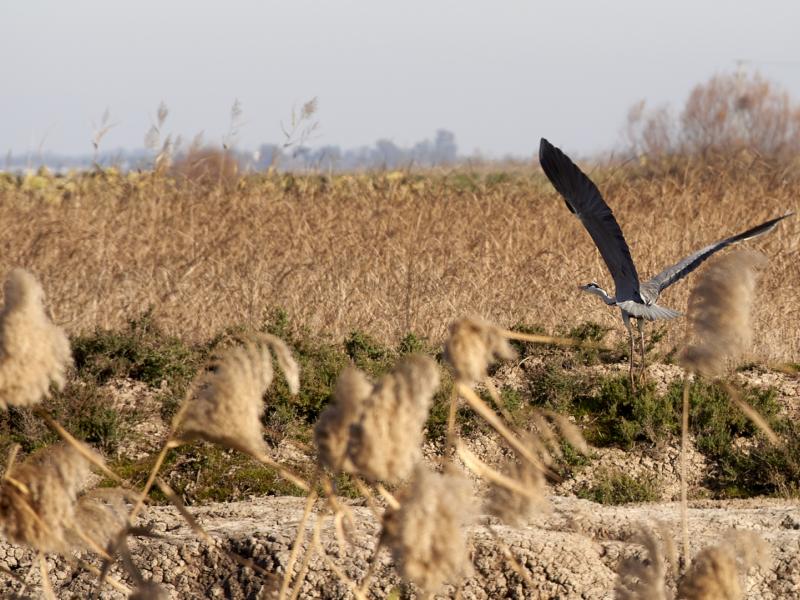
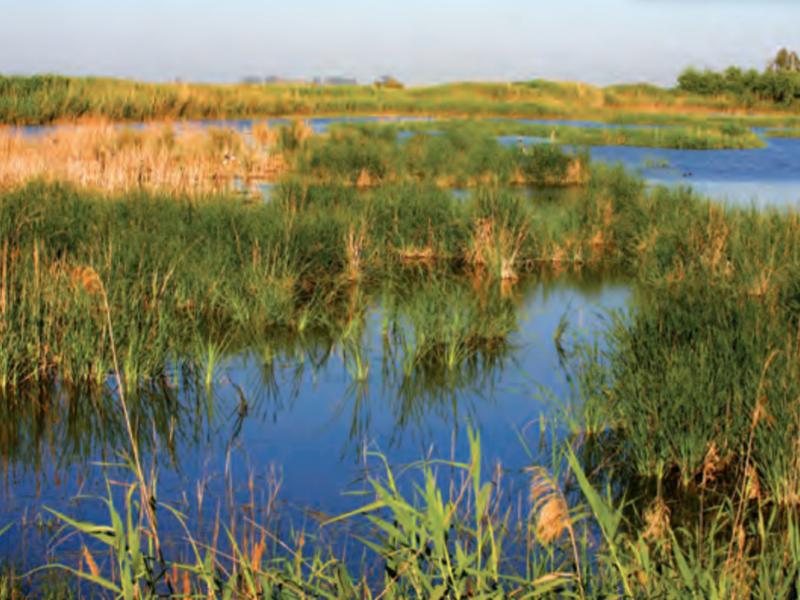
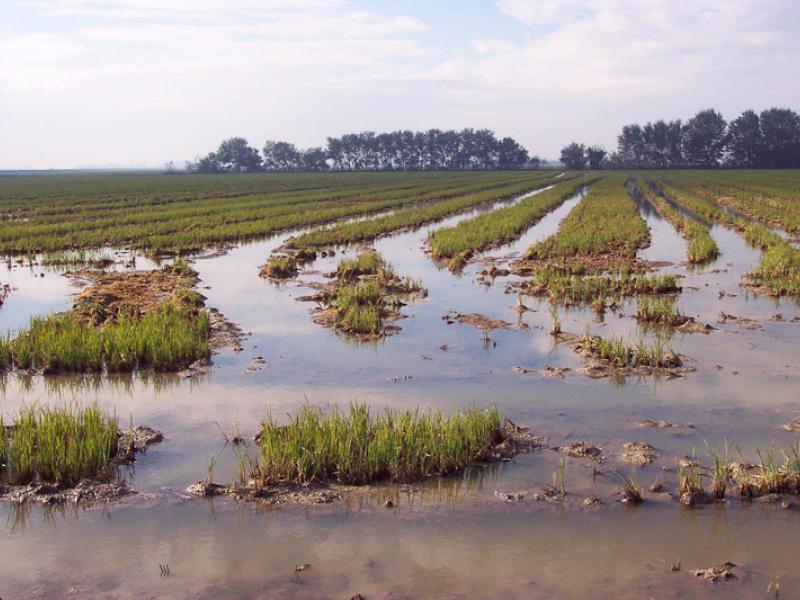
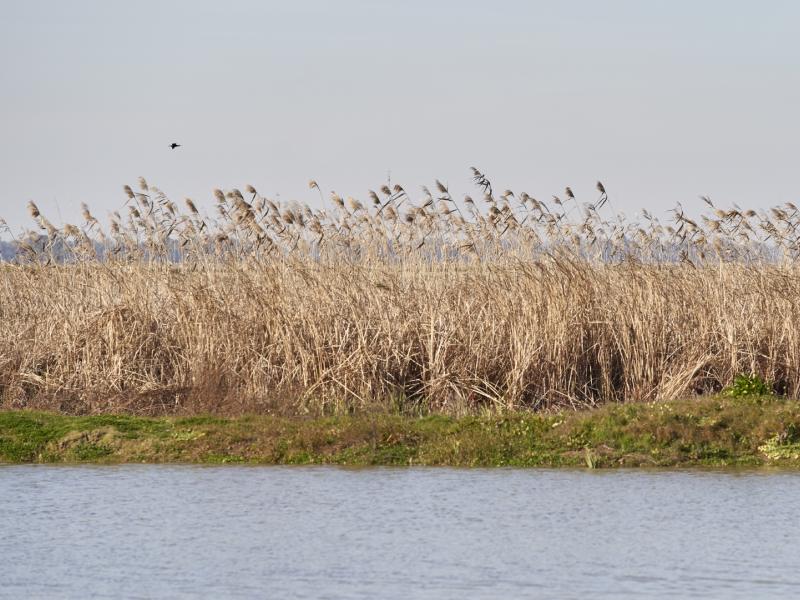
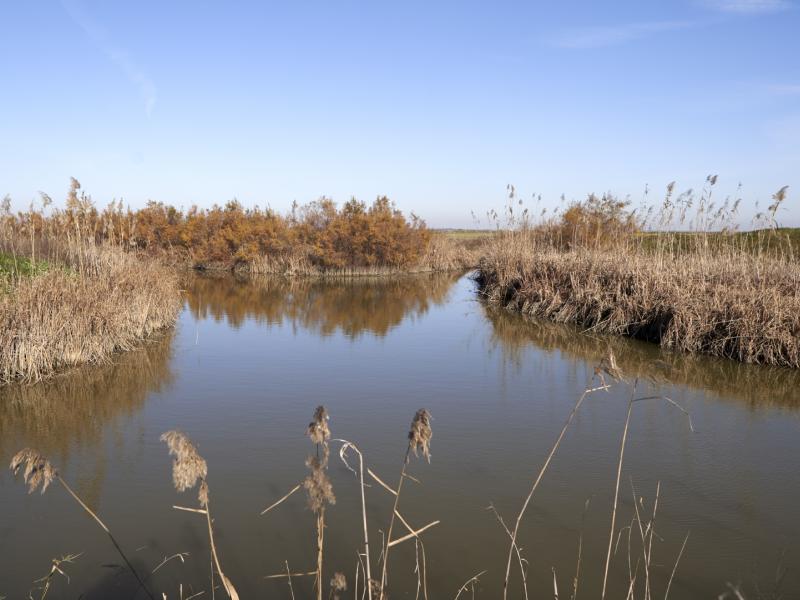
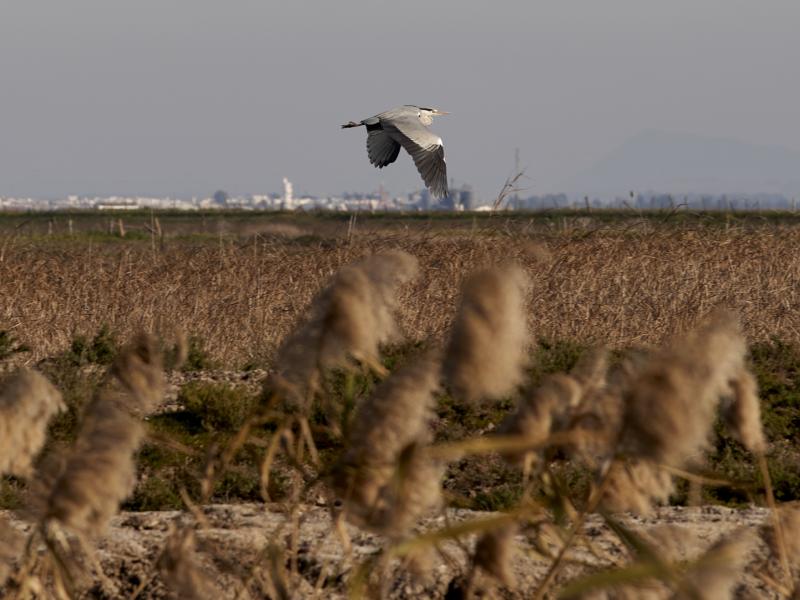


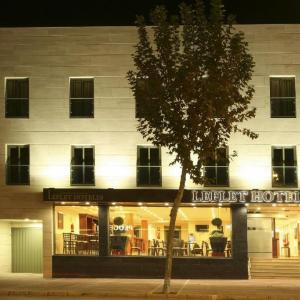
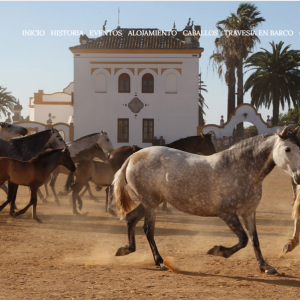
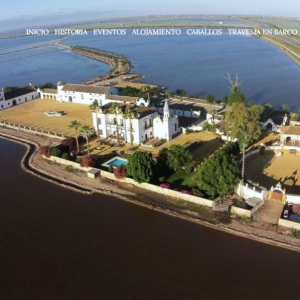
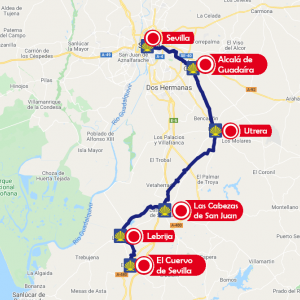
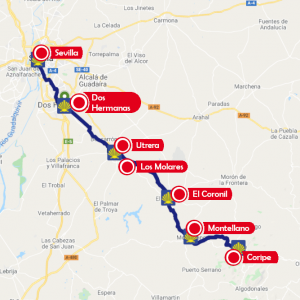
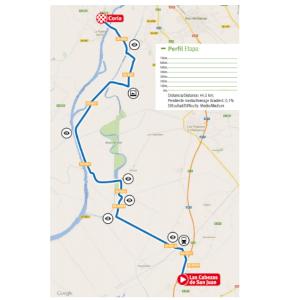
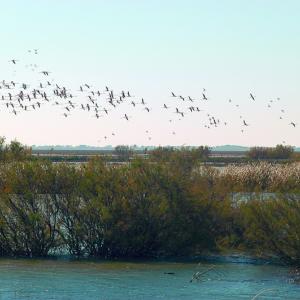
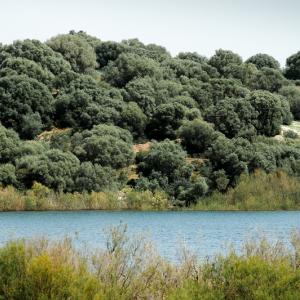
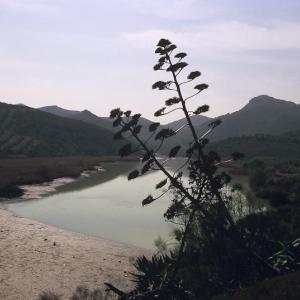
0 comments
New comment
The comments are moderated, so it takes a while to appear. If they contain offensive language they will not be published.